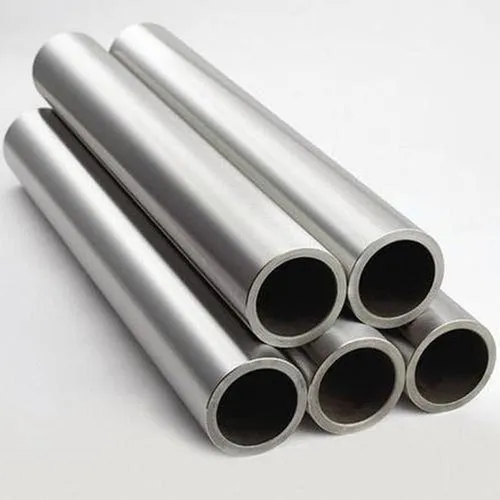Monel 400 Tubes vs. Alternative Materials: Making the Right Choice for Demanding Applications

When the servicing conditions are particularly difficult, material selection becomes probably the single most important consideration of the design.
Monel 400 tube have demonstrated their performance in specific applications, but comparing them to other materials reveals choices that involve tradeoffs between performance, cost, and availability.
Stainless steels represent the most common alternative to Monel 400 tubing, offering good corrosion resistance at lower cost. However, this comparison reveals the unique value proposition of Monel 400 in specific environments.
Though 316L stainless is favorable in oxidizing conditions, it suffers greatly in reducing environments like dilute sulfuric acid or hydrofluoric acid, which are precisely the conditions where Monel 400 shines.
The difference is especially pronounced in marine applications. Stainless steels, like the rest of the stainless family, are especially prone to pitting and crevice corrosion in seawater, particularly at elevated temperatures.
Monel 400 tubes, on the other hand, do not suffer from these problems and therefore have a lower replacement and maintenance cost.
The ability to endure varying temperatures distinguishes these materials from others. Austenitic stainless steels retain their useful characteristics up to about 1500°F (816°C), but encounter sensitization problems, carbide precipitation that reduces the ability to resist corrosion if held for long periods at mid-range temperatures.
Monel 400 avoids this sensitization problem and performs uniformly throughout its temperature range.
Copper Alloys, Related But Different
All brass alloys, such as admiralty brass and naval brass, has a lower cost relative to Monel 400 but offers excellent thermal conductivity and reasonable resistance to seawater.
However, these alloys suffer from dezincification in seawater as well as stress corrosion crack in ammonia—two failure modes that Monel 400 resists quite naturally.
For heat exchanger applications, Monel 400’s copper alloys justify their higher initial price because the long-term benefits outweigh the upfront cost.
Monel 400’s higher initial cost is offset by less frequent replacement in high-velocity seawater, but copper alloys lower initial price paired with frequent replacement leads to higher total cost.
Titanium: The Premium Alternative
The alloys of titanium may well be the only materials that in some environments can outperform Monel 400 in terms of corrosion resistance. In the most demanding applications, Monel 400’s exceptional seawater corrosion resistance, alongside oxidizing acids, titanium alloys.
This comparison also shows the advantage Monel 400 has over its competitors. Monel 400 is often the more practical choice than titanium, which is much more expensive, sometimes hard to get in certain forms, and difficult to work with. Also, titanium fails to hold up in reducing Monel 400 environments, such as hydrofluoric acid, whereas Monel 400 is durable.
Choosing the right material involves considering the strengths and weaknesses of each option and the application's unique needs. Even if some options are more cost-effective, Monel 400 tube are unmatched in performance, ease of work, and long-term value over an extremely broad and demanding range of applications.








